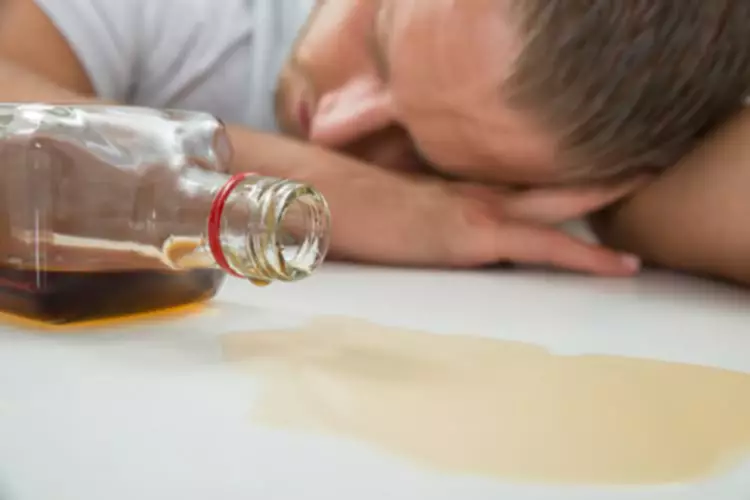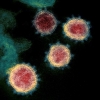Predicting Relapse After Alcohol Use Disorder Treatment in a High-Risk Cohort: The Roles of Anhedonia and Smoking PMC

A CARF-accredited facility demonstrates high-quality programming and treatment that is tailored to the individual. Completing rehab is a major accomplishment, and it’s important to appreciate each day in recovery as the successful experience it is. That being said, living an alcohol- and drug-free life takes commitment beyond just giving up substances. It might be necessary to change friends and habits since returning to old lifestyles might trigger a relapse. Overconfidence in one’s ability to maintain sobriety and neglecting necessary support systems can contribute to relapse. Positive emotions, such as celebrations or happiness, can also be triggers as individuals may use substances to enhance these feelings.

Drug-Related Deaths
- When comparing an opioid relapse with other drug relapses and overdoses, it’s important to understand a few things.
- Despite your best efforts to stay sober or reduce your alcohol consumption, it’s important to realize that anyone can return to misusing alcohol as a way to cope.
- For example, in the Mid-west, individuals can train in a program that emphasizes Native American values and traditions with the intention that they will be able to offer more effective support to other Native Americans.
- Recovery from alcohol addiction is a challenging journey, but it is achievable with the right support and strategies.
- Such results are unlikely outside of observed therapy due to frequent discontinuation.
- This transformation leads to withdrawal symptoms and intense cravings for alcohol when changing your habits.
These investments enabled the expansion of lifesaving prevention, treatment, and recovery services and supports in communities throughout the country, including the transition to the 988 Suicide & Crisis Lifeline in July 2022. An additional predictor of relapse at 6 months was shorter number of alcohol relapse statistics days of abstinence prior to treatment entry. A combination of psychosocial factors may be protective for maintaining a longer period of abstinence prior to seeking treatment for AUD, including current employment, prior treatment history, and/or court-ordered sobriety following incarceration.

Integrated Mental Health Services
Continuous support and monitoring are provided to help individuals maintain sobriety. Camelback Recovery’s dedicated team is committed to offering the necessary support to prevent alcohol relapse and encourage a successful recovery. The lack of a robust support system is another major factor contributing to the risk of relapse. Support groups, such as Alcoholics Anonymous (AA), provide valuable peer support that can help individuals stay sober. Engaging in ongoing therapy and attending support group meetings are critical components of a relapse prevention plan. We also conducted partial correlation and logistic regression analyses, controlling for help group, to identify independent predictors of 3-year remission and of 16-year relapse among initially remitted individuals.

How Many People Experience Alcohol Relapse?

Providers help patients in this stage to recognize and avoid situations that increase the risk of physical relapse. Participants in this stage may be at a significantly increased risk of a physical relapse during special times, such as a social event, holiday, or a trip when they may use mental bargaining to justify their use. Many individuals https://ecosoberhouse.com/ in both the healthcare system and the larger society focus on relapse in terms of the consumption of the alcohol or drug that has been problematic for the individual. However, consumption is the very last step in the relapse, and neglecting earlier events in a relapse prevents more effective intervention at earlier stages.
- Ultimately, relapse is a part of many people’s story, and it doesn’t prevent anyone from finding long-term sobriety.
- Find out how many people have alcohol use disorder in the United States across age groups and demographics.
- Additionally, the greater length of sobriety prior to treatment demonstrated by abstainers may reflect greater levels of self-efficacy, coping skills and resource utilization, and stronger social support systems (Moos and Moos, 2006, 2007).
- You could be spending an average of $200 to $300 a month on alcohol if you drank alcohol every day.
Aftercare Programs
- We have not identified previous studies of demographic predictors of remission among untreated individuals.
- This finding probably reflects the fact that our sample was composed of individuals who had never been in treatment before and were at a relatively early stage in their alcoholism careers.
- This study highlights the role of social determinants in drug dependence and relapse.
- Although there were differences in presentation, similar pathways and mechanisms of relapse were seen in alcohol and opioid dependence, albeit with some differences.
- Many physical relapses occur during times when the individual believes their use will go undetected.
- If you or a loved one has relapsed—or you’re simply ready to learn more about your options—AAC can help.
- If you struggle with drinking, and you’ve tried to white-knuckle it only to fall back into unhealthy habits, your experience is common.












ディスカッション
コメント一覧
まだ、コメントがありません